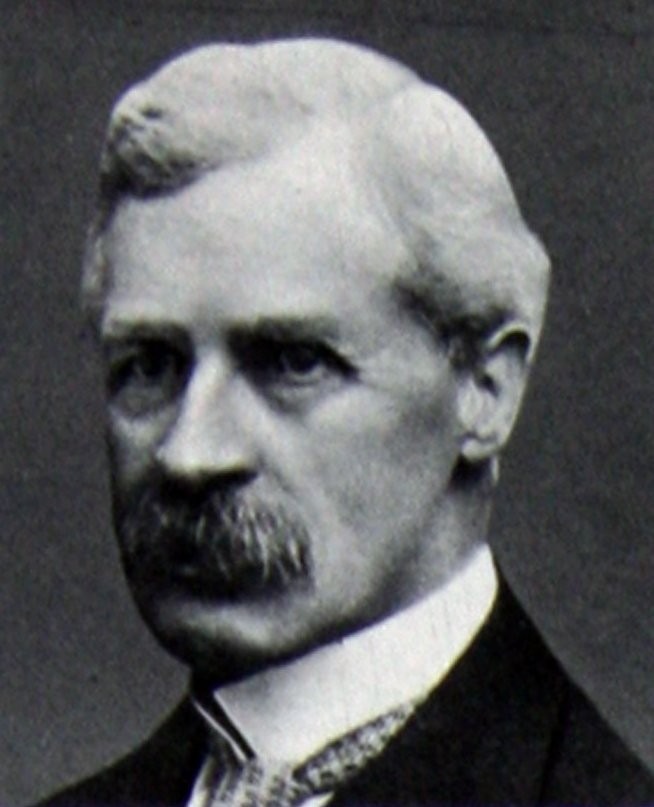
Historian and CovSoc member, Peter James, tells us about John Siddeley, one of Coventry’s most famous engineering innovators and the man who “saved Kenilworth Castle”. Peter writes……
John Davenport Siddeley was born on August 5th 1866 in Chorlton on Medlock. He was educated at Beaumaris Grammar School in Anglesey before he moved to Coventry in 1892. His early career was at the Humber Cycle Company. He soon moved to Belfast where he was a manager at Pneumatic Tyre Company. Siddeley founded the Clipper Pneumatic Tyre Co. which moved to Alma Street in Coventry in 1901 and was later acquired by the Dunlop Pneumatic Tyre Co.
Automotive Innovation
Siddeley’s passion for cars saw him establish the Siddeley Autocar Company in 1902 initially importing Peugeot vehicles from France. The company flourished until 1905 when it merged and became Wolseley-Siddeley Motor Company with Siddeley in the role of sales manager.
Meanwhile Henry Hugh Peter Deasy a retired Irish army officer founded the Deasy Motor Car Manufacturing Company in Parkside Coventry in 1906. After Deasy departed in 1908 Siddeley joined the company and by 1910 was managing director. In 1912 the company was renamed the Siddeley-Deasy Motor Car Company. Although their attempt to enter the market for smaller, affordable cars with the Stoneleigh model was unsuccessful the company’s reputation for quality engineering endured.
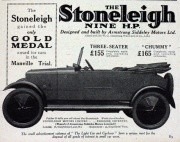
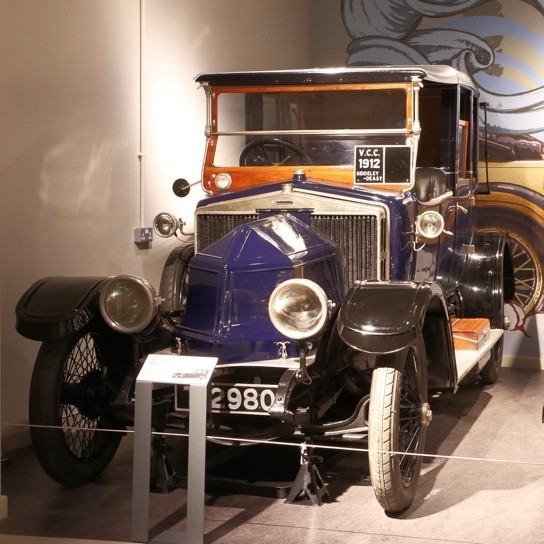
First World War
The company expanded rapidly during the war, employing 5,000 people producing aircraft engines and ambulances. From 1916 they were one of five companies building the Royal Aircraft Factory RE8 aircraft. The arrival of talented engineers from Farnborough in 1917 led to the introduction of three new aircraft. The most notable was the Siskin – the first all-metal construction fighter operated by the RAF.
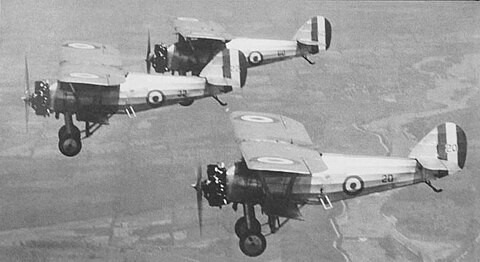
Mergers and Growth
After WWI trading conditions were difficult prompting Siddeley to seek a merger with Armstrong-Whitworth, resulting in the formation of Armstrong Siddeley Motors in 1919. As managing director of Armstrong Siddeley he guided the transformation of the company into a producer of luxury vehicles and advanced aircraft engines.
The iconic Sphinx mascot inherited from Siddeley-Deasy featured on all of their cars and became a symbol of prestige. Armstrong Siddeley produced a celebrated range of luxury cars until it’s integration into Rolls Royce in 1960.
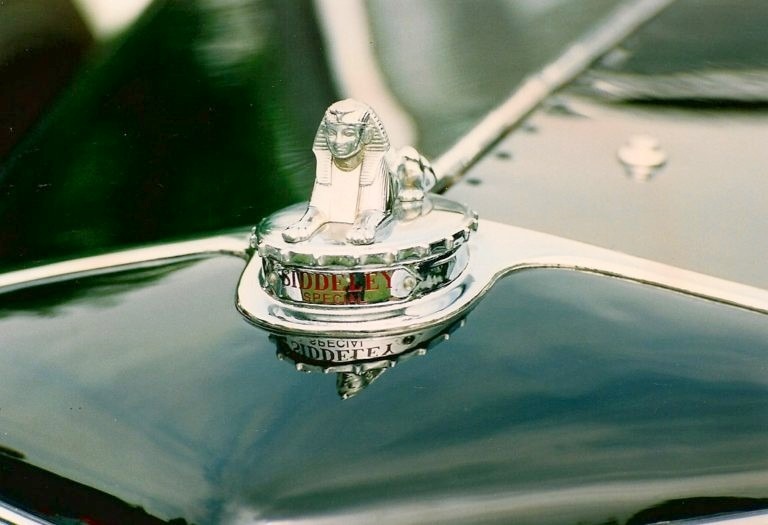
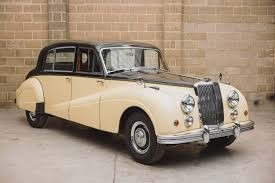
Later life and Legacy
After WW1 in 1919 John Davenport Siddeley, his wife Sarah and their children moved to live in Crackley Hall in Kenilworth. This later became St. Josephs Convent School opening in January 1945.
In 1932 John Davenport Siddeley was knighted while serving as High Sheriff of Warwickshire and retired as chairman of Armstrong Whitworth in 1935.
Hawker Siddeley
Hawker Siddeley was formed in 1935 when Hawker Aircraft purchased the following from J.D. Siddeley :
- Armstrong Siddeley Motors (luxury cars and aircraft engines)
- Armstrong Whitworth Development Co. (aircraft manufacturing)
- A V Roe & Co. (part of Armstrong Siddeley Holdings)
The assets, manufacturing capability and skilled workforce allowed Hawker Siddeley to expand rapidly. It marked a new era in British Aviation providing vital resources and expertise in the lead up to World War II.
The Saviour of Kenilworth Castle
1937 was a pivotal year for Siddeley. Elected president of The Society of Motor Manufacturers & Traders, he was also elevated to the peerage as Baron Kenilworth.
That same year he purchased Kenilworth Castle which he generously gifted to the nation and funded crucial restoration work. This earned him the title of “the man who saved Kenilworth Castle.” His philanthropy extended further with a £100,000 donation to Fairbridge Farm Schools a charity to support children from disadvantaged backgrounds.
Final Years
After selling Crackley Hall in 1944 John Davenport Siddeley retired to Jersey where he passed away in November 1953, just days after his wife. His legacy endures in the fields of automotive engineering, aviation and historic preservation – a testament to his vision, leadership and generosity.
